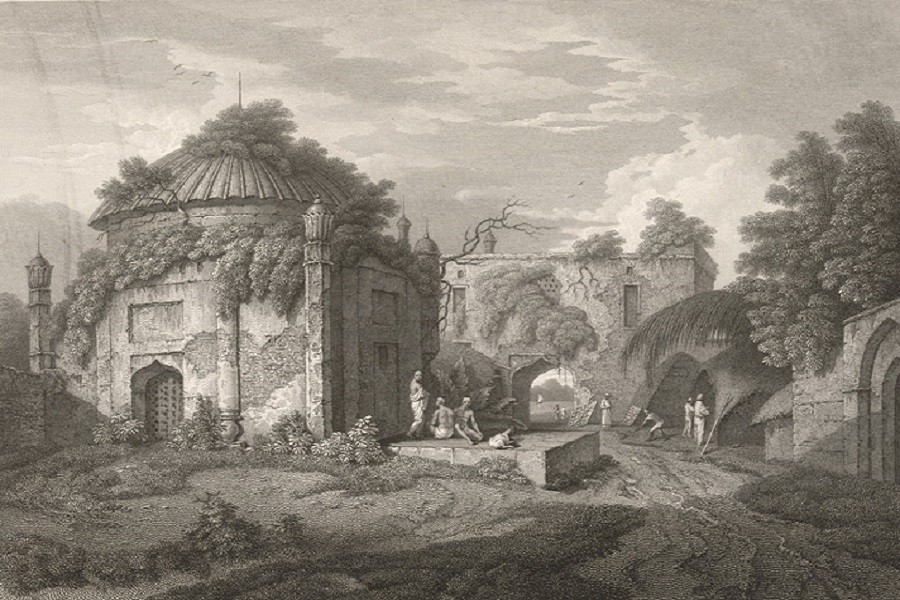
Published :
Updated :

For one reason or another, people often boast of the Bengal past. For example, they refer to the ‘golden time’ of Bengal when it was governed by Shaista Khan, and so on. It is not that the dark part of Bengal history is not recorded, but why do people hardly know or speak of it?
Psychologists say people tend to filter out their negative past to focus on the positive.
According to the Report of Law Commission 1839, one in every five people in this Bengal was a slave. As pathetic as it may sound, 20 per cent of those people couldn’t even push their luck to live a standard life. Even there were more slaves here in Bengal than anywhere in the region. The ‘Cambridge Economic History of India’ states that the percentage of slavery was much lower, five to nine per cent, in the adjoining states to Bengal – Assam, Tripura, etc.
Globe-trotter Ibn Battuta travelled Bengal for around two months in 1346AD. According to his book Ibn Battuta-Travel in Asia and Africa, a beautiful slave girl, of course poor and unfortunate, was worth one and a half kilogram of chicken, while a young boy was worth three kilograms of chicken. As for the higher price of a young boy, the book explains that it was due to their unimaginable assiduousness in cultivated fields. Ibn Battuta himself bought a beautiful girl, named Ashura, at the same price.
As slaves were cheaper, this region was a hotspot for slave-trading. foreigners from Arabia, East Africa, the Persian Gulf, Mauritius, Indonesia, and South Africa would come here not for just silk and spices but for the cheapest and hardworking slaves. They would have treated poor people here, mostly slaves, as a piece of flesh with no grey matter in their head and made them do the most back-breaking jobs.
Now the question is why slaves were cheaper. Well, the answer is pretty simple and direct – the value someone can generate for the rest of his/her life is his/her net present value. People would then get so little wages that their present value at that time was similar to that of a healthy chicken.
According to Article V of the Indian Slavery Act, 1843, that apparently abolished slavery in the subcontinent, there should be no difference between a free man and a slave. As weird as it may sound, 20 per cent people of this region weren’t even considered humans and the British had to formulate the law in efforts to put it right.
As for the time of Shaista Khan, the collection of government revenue was then 43.8 per cent to 64 per cent of the total GDP. That means people would have to give the major portion of their income to kings and landlords – and this justifies the one-taka price of eight-maund rice.
Still the question may come to one’s mind that why the price of rice was lower. Well, contrary to what people would love to believe, rice was then a meal for the aristocrats and the poor were solely dependent on wheat, which was much cheaper than rice. So, many people couldn’t afford eight maunds rice with even one taka.
The standard of human’s life wasn’t that good then, especially in this subcontinent, let alone Bengal. It was worse than the most recent past. It is okay to boast of parts of history but history data indicates something different, something delicate.
The best time of us is right now and this is only improving.
Mir Md. Tasnim Alam is a development practitioner. He can be reached at [email protected].


 For all latest news, follow The Financial Express Google News channel.
For all latest news, follow The Financial Express Google News channel.